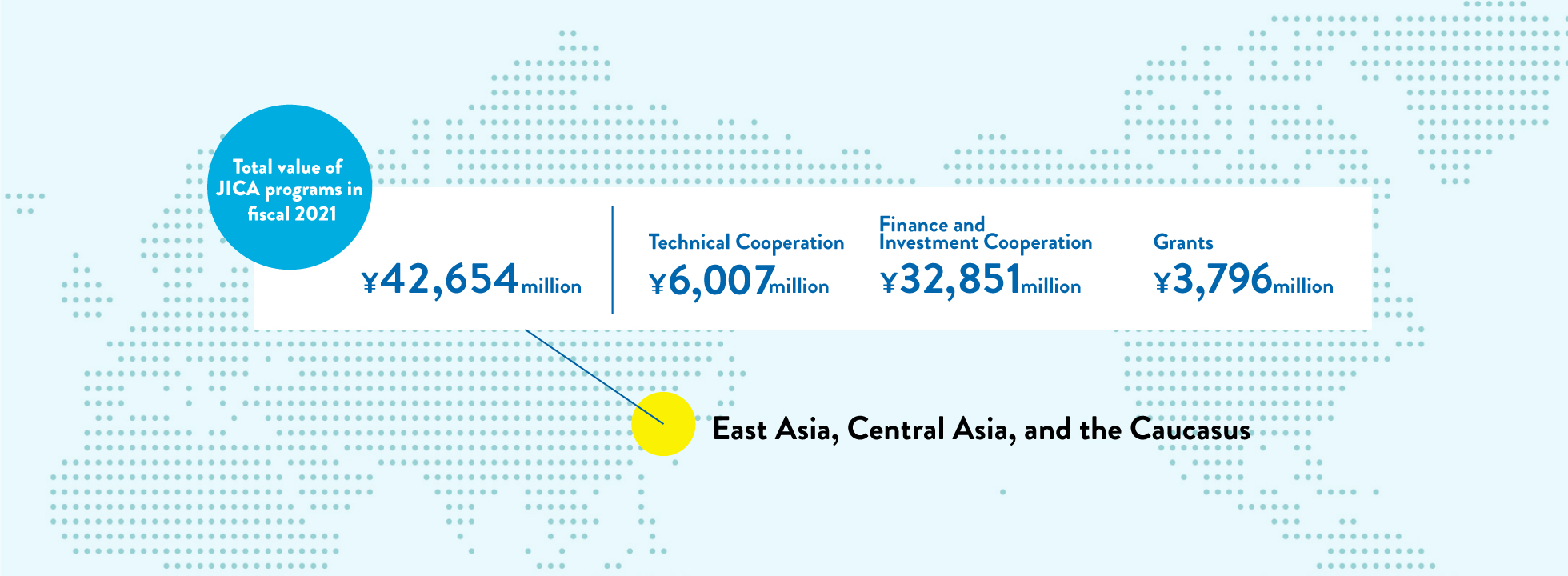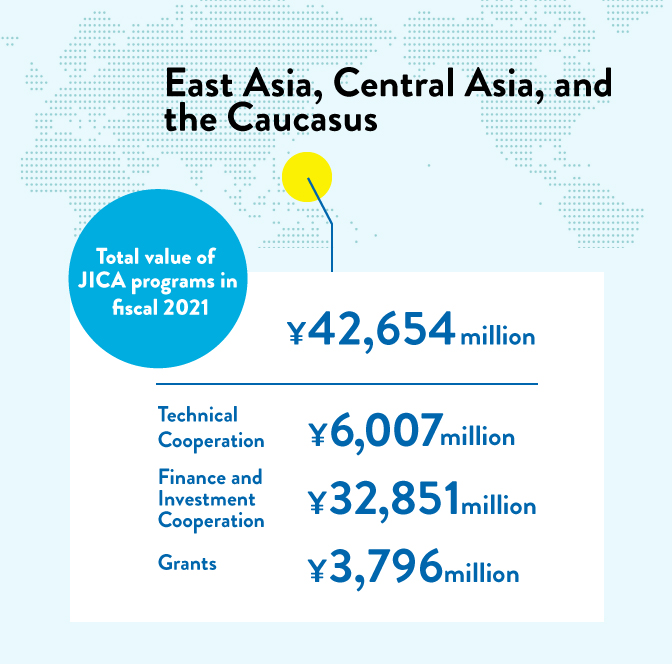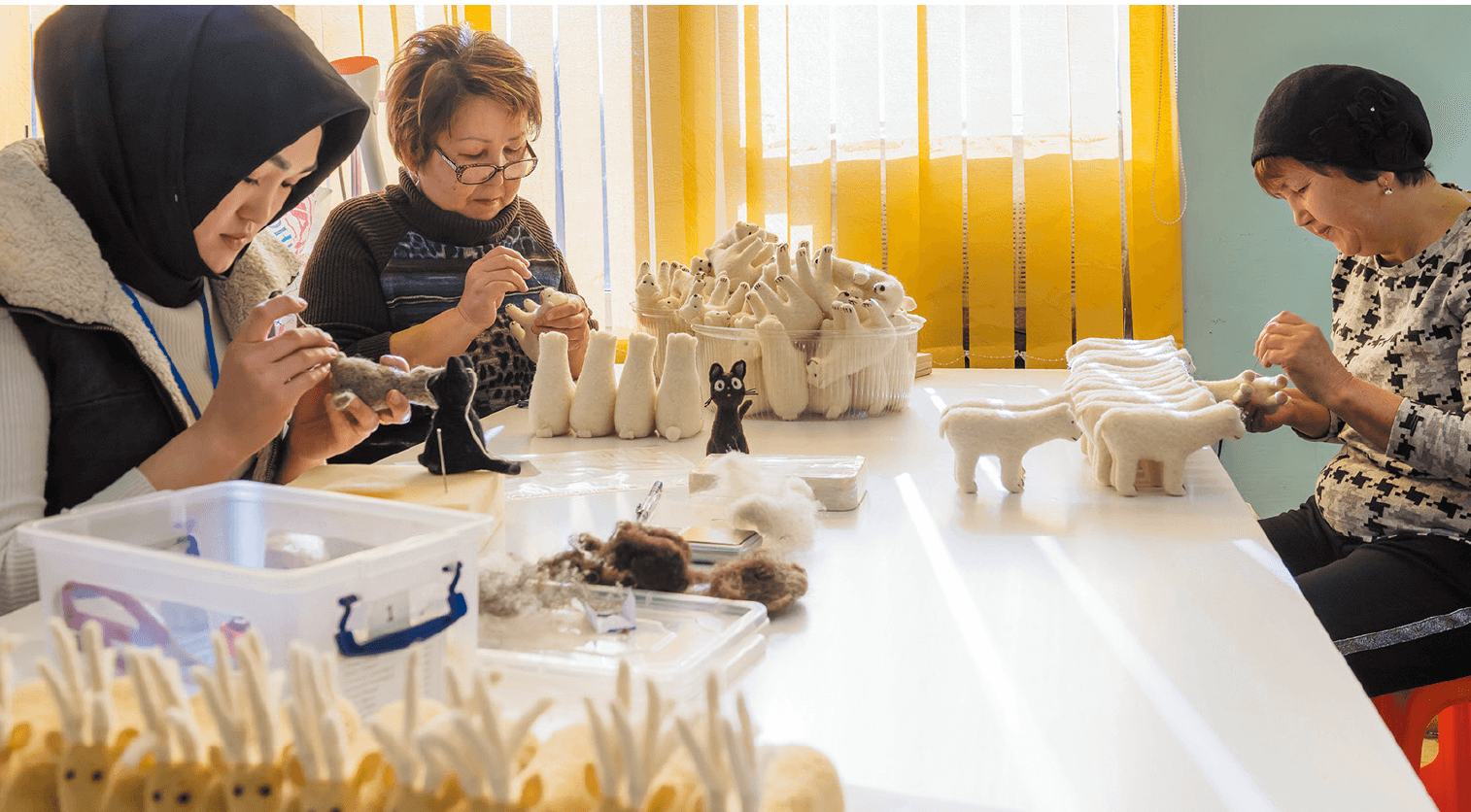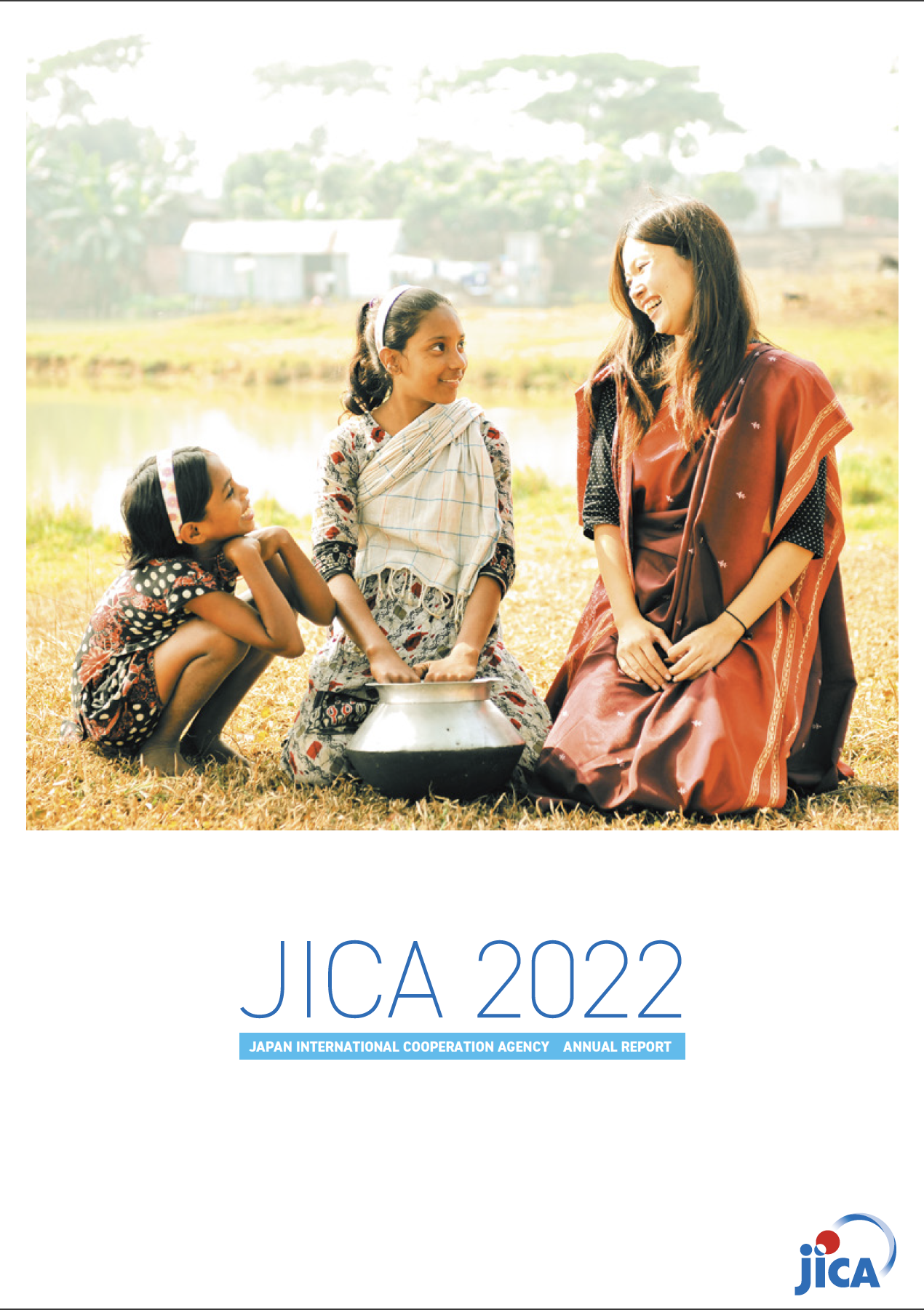approach
East Asia, Central Asia, and the Caucasus


Toward Sustainable Development through Enhanced Regional Connectivity and Industrial Diversification
Reducing dependence on natural resources and fostering domestic industries
JICA operates ODA in nine developing countries in East Asia, Central Asia, and the Caucasus: Mongolia, the five Central Asian countries, and the three Caucasus countries.*
Mongolia, Kazakhstan, Turkmenistan, and Azerbaijan are endowed with natural and agricultural resources; however, as their economies are heavily dependent on these resources, they are vulnerable to fluctuations in global commodity prices.Facing the need to reduce its dependence on such resources, typically cotton plants and natural gas, Uzbekistan is undertaking government-led investment promotion and industrial development. The Kyrgyz Republic and Tajikistan, on the other hand, are not rich in natural resources. Remittances from Kyrgyzstanis and Tajikistanis working in Russia and elsewhere account for nearly one-third of the GDP of each country. The countries are thus confronting the urgent need to foster domestic industries and create employment opportunities.
The keys to sustainable economic development that is not dependent on natural resources include stimulating private sectorled economic activity, diversifying industry, and developing infrastructure that will strengthen intra- and interregional connectivity.
Toward the stability and self-reliance of the countries in the region
Many countries in the region share national borders with two major powers, Russia and China, as well as with South Asian and Middle Eastern countries, including Afghanistan, where the Taliban has taken power. They are thus under the strong political and economic influence of these neighboring countries. With the understanding that securing stability and self-reliance of the countries in the region is essential to the stability of the entire Eurasian continent, JICA’s cooperation focuses on (1)governance strengthening, including legal system development; (2) industrial diversification, including the promotion of small and medium enterprises; (3) infrastructure development, including the construction of airports and power plants; and (4) human resources development.
The COVID-19 pandemic has taken a heavy toll on service sectors, including tourism, and has increased unemployment and decreased work opportunities for migrant workers. It has also exposed vulnerabilities in health care and other social services in the region, which is already beset with geopolitical risks. During fiscal 2021, JICA extended development cooperation to this region in the form of budget support as well as Last One Mile Support, which involves providing medical equipment and developing a vaccine rollout system. In the sector of human resources development, JICA implemented the JICA Chair at selected universities in Mongolia and Uzbekistan with a view to broadening the base of leaders who can foster a long-lasting bilateral relationship between each country and Japan.
ODA for China discontinued
JICA completed all its ODA programs for China by the end of fiscal 2021 based on the policy of the Japanese government.
*Excluding ChinaTotal value of JICA programs by country : East Asia

Total value of JICA programs by country : Central Asia and the Caucasus
 Note) Totals may not add up due to rounding.
Note) Totals may not add up due to rounding.
 Kyrgyz Republic: JICA has long been cooperating in building community business models inspired by the One Village, One Product (OVOP) movement.
Kyrgyz Republic: JICA has long been cooperating in building community business models inspired by the One Village, One Product (OVOP) movement.The photo shows women making animal dolls with merino wool, a local specialty, under the Project for Dissemination of OVOP Issyk-Kul Model to Other Regions of the Country. (Photo: Kaku Suzuki)

JICA Annual Report 2022